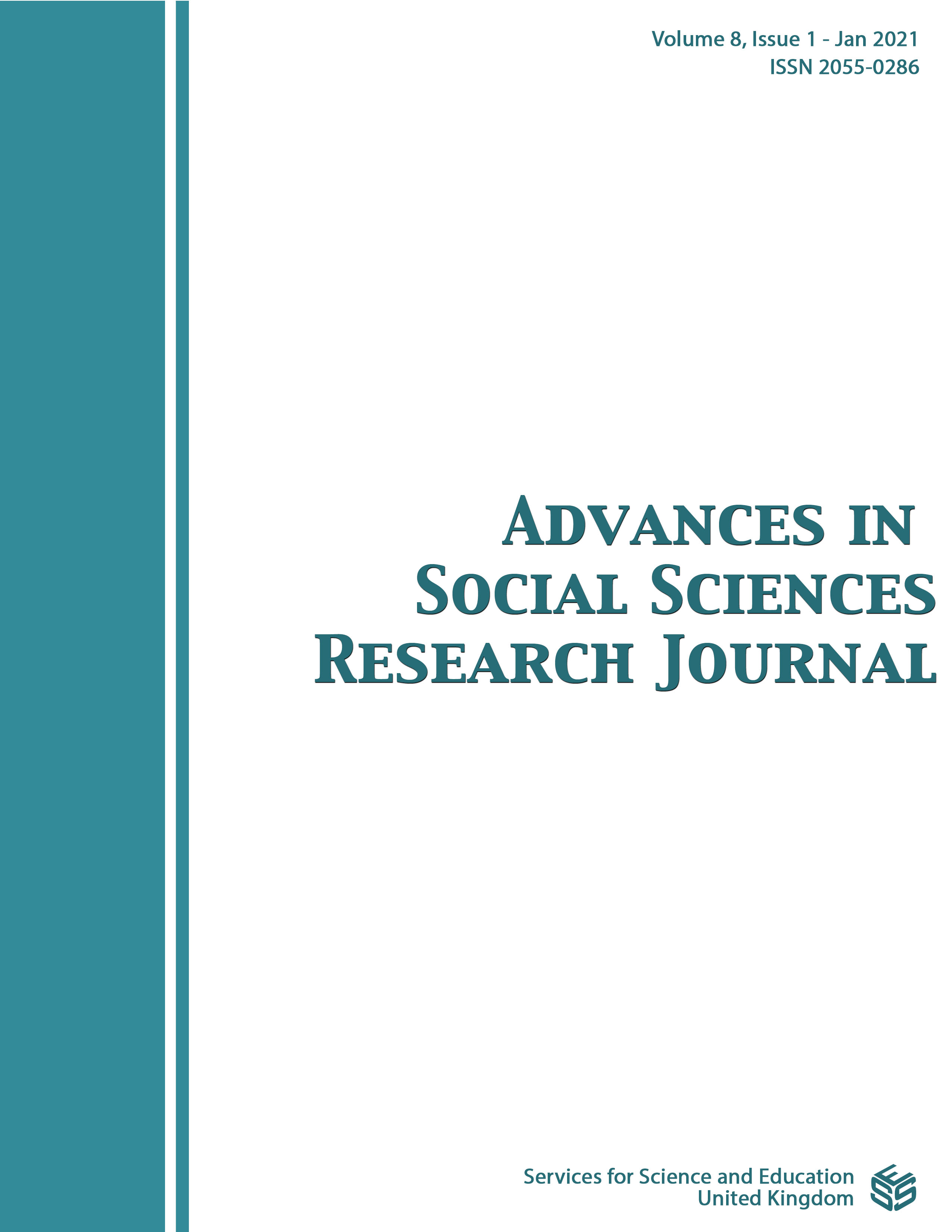Blended Learning in Saudi Higher Education Framework, Implications, and limitations
DOI:
https://doi.org/10.14738/assrj.81.9593Keywords:
blended learning; higher education; face to face; challenges; benefitsAbstract
In the modern era of teaching and learning, the education system witnessed many changes. New methods of teaching and learning are utilised in order to adapt to the growth of technology. Teachers used some teaching methods, such as online teaching, face to face teaching or a combination of both online and face to face known as blended learning (BL) environment. BL has been proven its advantages empirically in many studies. One of the significant advantages is that BL is used as an extended learning environment to reinforce knowledge and make learning more accessible by utilising technology and online resources. However, there are some drawbacks of implementing blended learning, such as the demand of time and teachers' efforts to provide feedback and follow up students. This paper examined the use of BL in higher education. The first part of this paper reviewed some empirical studies in BL. The second part presented the theoretical framework of using BL. Benefits and challenges of implementing BL in higher education regarding Saudi universities are explained. Lastly, the paper concluded with some critical remarks.
Downloads
Published
How to Cite
Issue
Section
License
Authors wishing to include figures, tables, or text passages that have already been published elsewhere are required to obtain permission from the copyright owner(s) for both the print and online format and to include evidence that such permission has been granted when submitting their papers. Any material received without such evidence will be assumed to originate from the authors.






